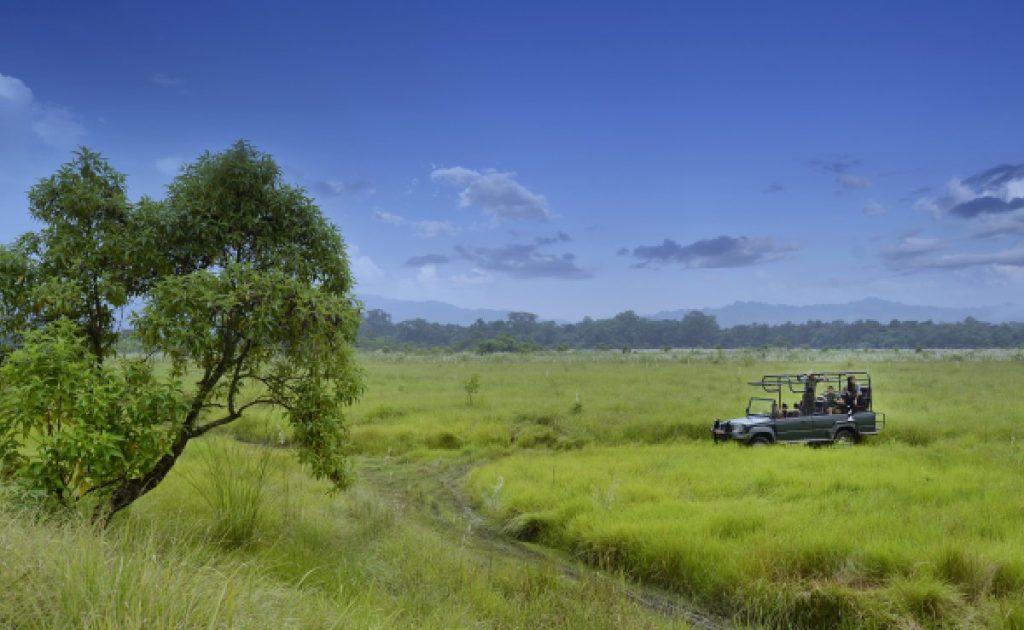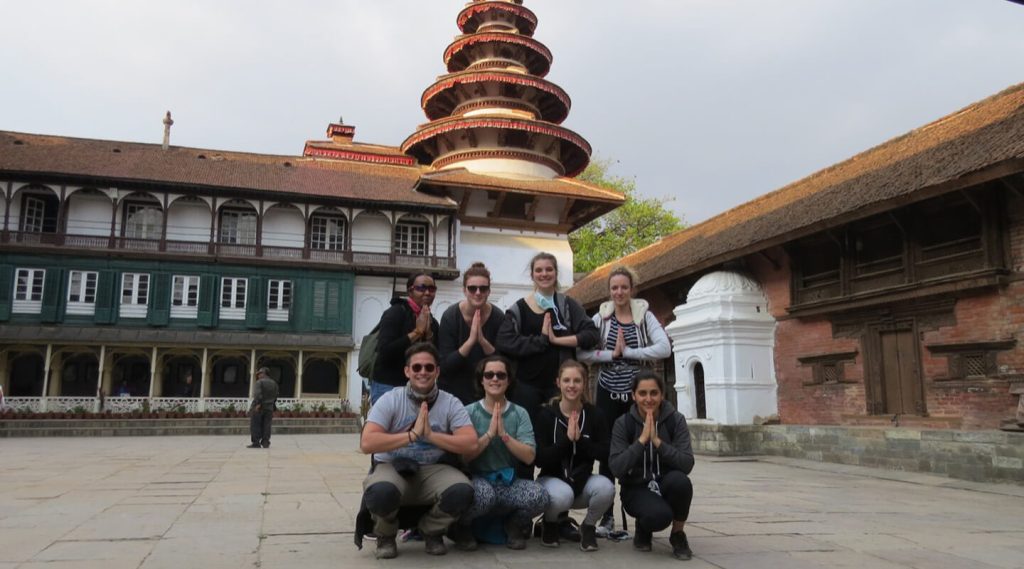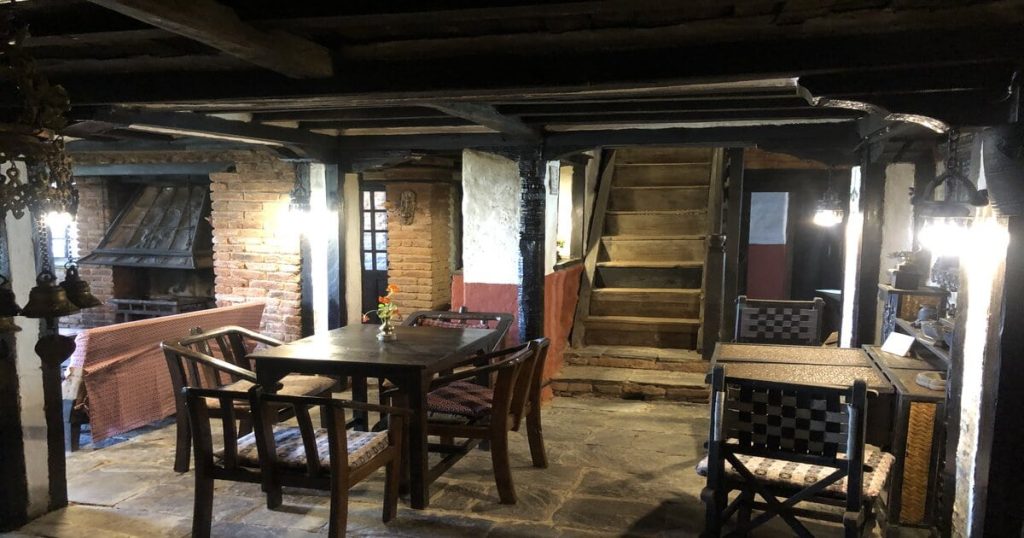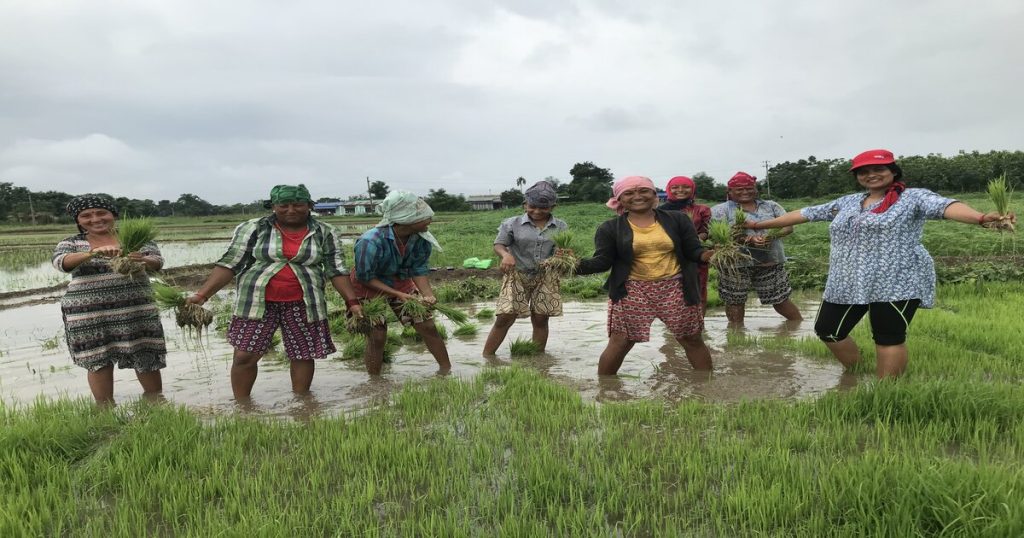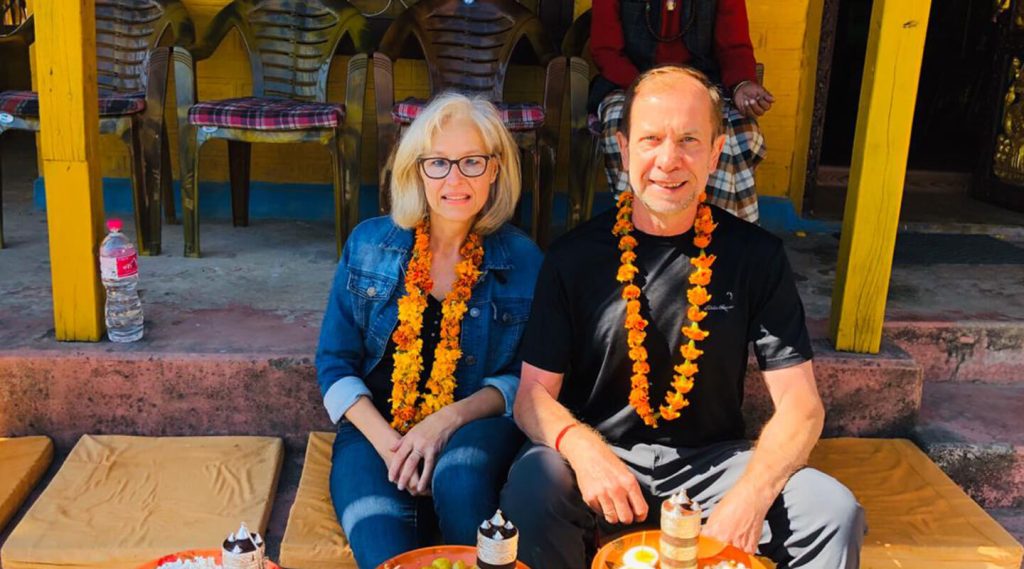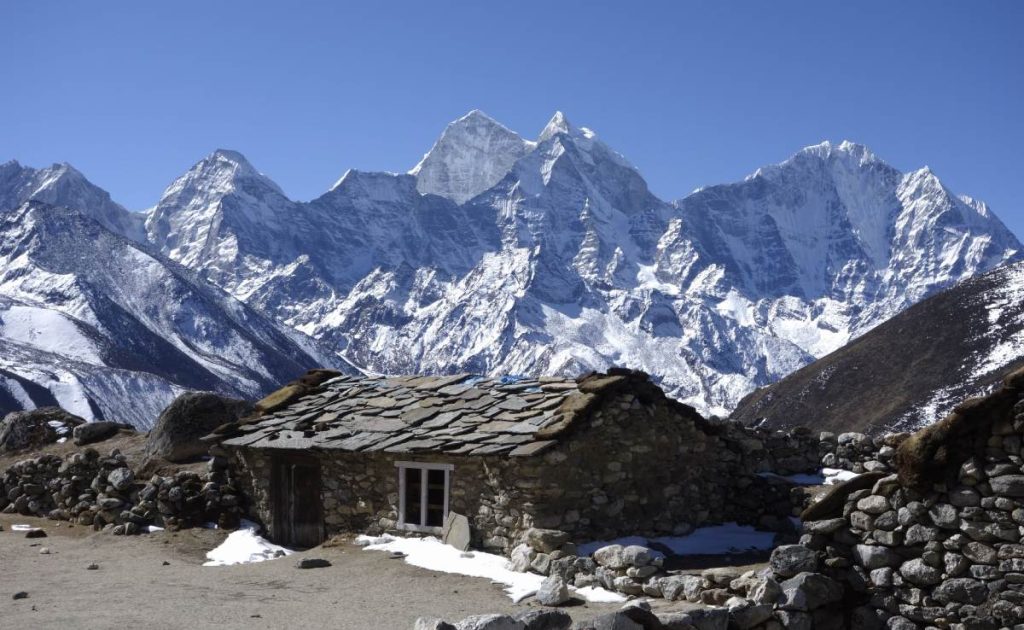
Nepal is a destination for all seasons. Visiting Nepal in January offers a unique perspective on the country’s culture, landscape, and way of life. January is one of the coldest months in Nepal. With bright skies, fewer travelers than during peak season, and snow-capped mountains, January is ideal for anyone seeking peace and authenticity.
Visitors can enjoy cultural treasures in the Kathmandu Valley, short winter treks, and festivals like Maghe Sankranti. Mild destinations such as Pokhara and Chitwan provide a warmer escape from the cold hills and mountains.
Weather in January
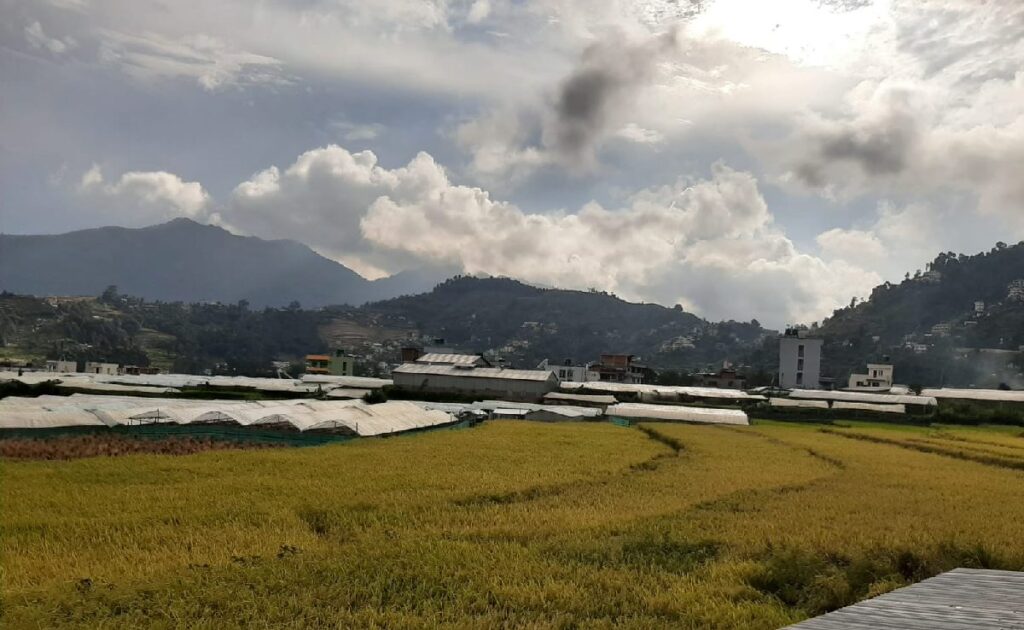
January mornings and evenings in Nepal are cool, especially in the highlands. Days are usually clear and sunny.
- Kathmandu Valley: Daytime temperatures range from 8°C to 15°C, while nights can drop to 2°C.
- Pokhara: Temperatures range from 8°C to 17°C.
- High-altitude areas (Langtang, Ghorepani): Temperatures can drop below zero, with occasional snowfall.
Despite the cold, the crisp air and clear skies offer incredible Himalayan views. Travelers should prepare for fluctuating conditions, especially if trekking or climbing at high altitudes.
Travel Conditions
Travel in January is generally smooth, but mountain passes may close temporarily due to snow. Roads connecting Kathmandu, Pokhara, and Chitwan remain open, though morning fog can delay flights in the Terai plains.
Domestic flights to mountain regions, like Kathmandu to Lukla, may sometimes be canceled. Tourist services operate normally, and fewer visitors often mean lower prices.
If you plan to trek, hire experienced guides and porters. Following a well-planned itinerary ensures a safe and enjoyable winter experience.
Best Places to Visit in January
Kathmandu Valley – Cultural Sightseeing
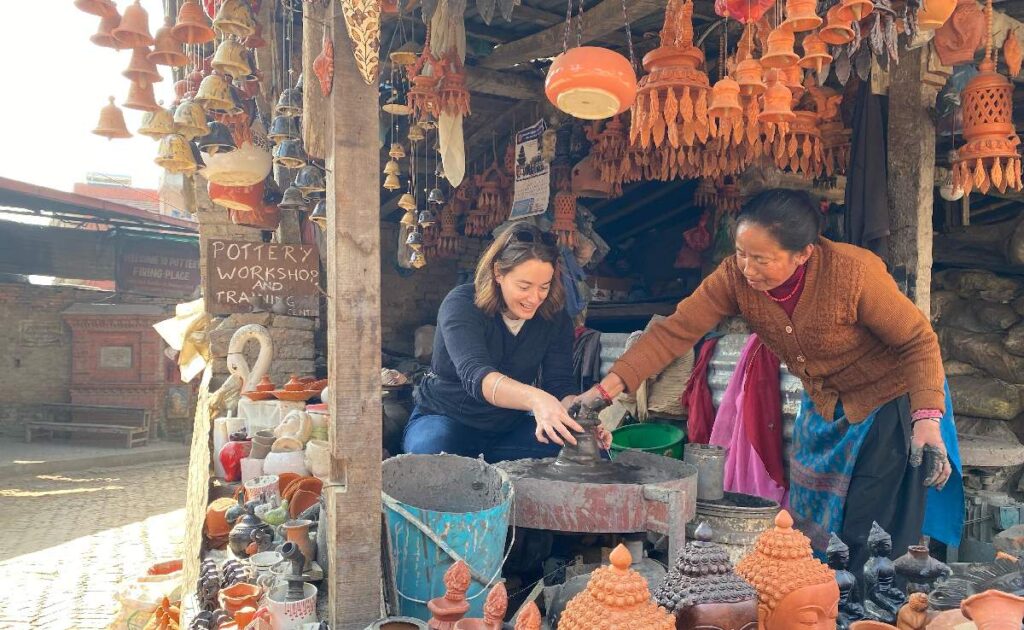
The cool weather makes sightseeing comfortable. Visit UNESCO World Heritage Sites such as Durbar Squares, Pashupatinath Temple, Boudhanath Stupa, Swayambhunath Stupa, and Changunarayan. You can also hike to hill stations surrounding the valley for beautiful views.
Pokhara – Mild Climate & Mountain Views
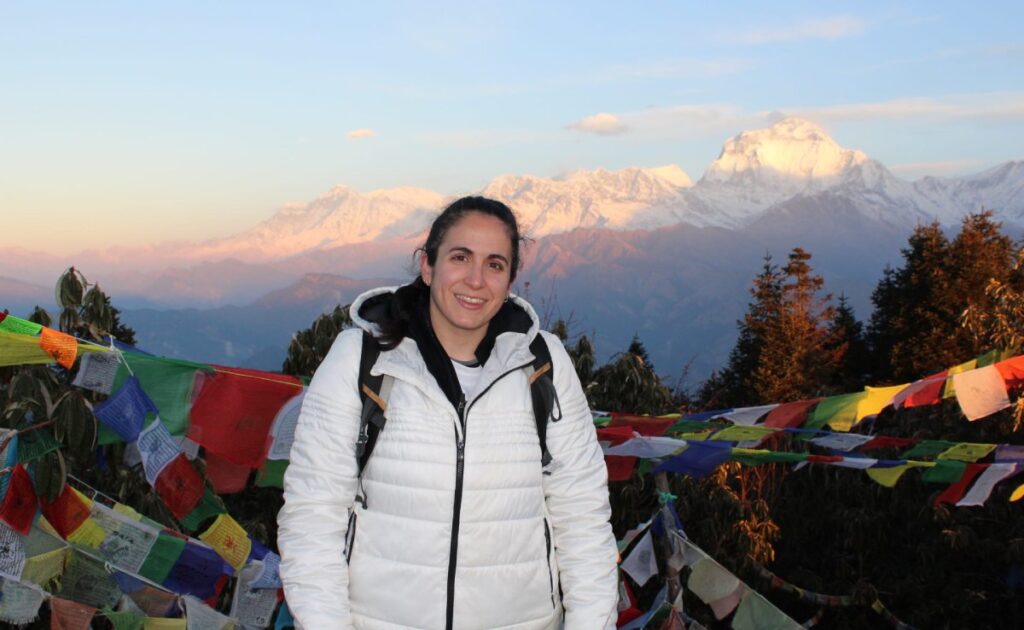
Pokhara offers mild temperatures and stunning views of Machhapuchhre and Mt. Annapurna. Activities in January include:
- Hiking to Sarangkot for sunrise
- Visiting caves and waterfalls
- Boating in Phewa Lake
- Enjoying local nightlife
Chitwan National Park – Wildlife Safari
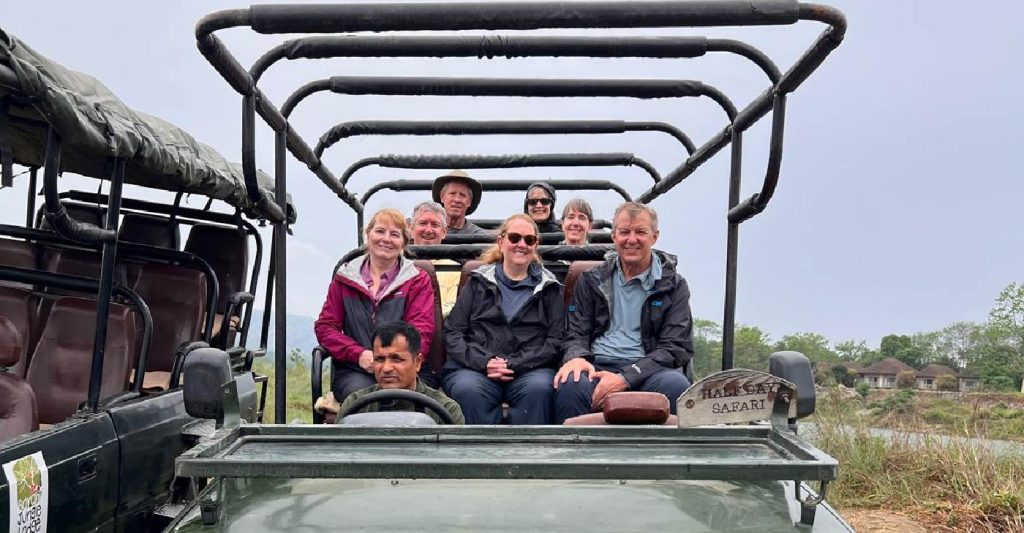
Chitwan provides a warmer climate for a jungle adventure. Activities include:
- Elephant Safari and Bathing
- Canoe Ride
- Jungle Walk
Short Winter Treks
High-altitude treks are challenging in January. However, short treks like Ghorepani Poon Hill and Langtang Valley are accessible. These routes offer incredible Himalayan views and snow-dusted landscapes with lower weather risks.
Festivals and Cultural Highlights
Maghe Sankranti is a major January festival. It marks the start of longer days. Families celebrate with traditional foods like til laddoo, yam, chakku (molasses), sweet potatoes, and ghee for energy and warmth.
Worshippers may bathe in holy rivers such as Bagmati or Narayani. Tamang and Gurung communities also celebrate local New Year traditions. These festivals give visitors a deeper understanding of Nepal’s culture.
What to Pack
Prepare for cold temperatures, especially when trekking. Recommended items include:
- Thermal innerwear, down coats, fleece jackets
- Durable trekking shoes, gloves, hats, scarves
- Casual warm clothes for Kathmandu and Pokhara
- Lighter wear for Chitwan’s mild climate
Trekkers should also bring a high-quality sleeping bag, sunglasses, sunscreen, lip balm, medicines, reusable bottles, and power banks.
Final Words
January offers a peaceful and authentic Nepal experience. Visitors can enjoy:
- Winter mountain views
- Restful stays in Pokhara
- Wildlife encounters in Chitwan
- Cultural immersion through festivals like Maghe Sankranti
With proper preparation, January is a perfect time for travel, adventure, and exploring Nepal’s natural and cultural beauty. Fewer crowds and lower prices make it even more appealing.
